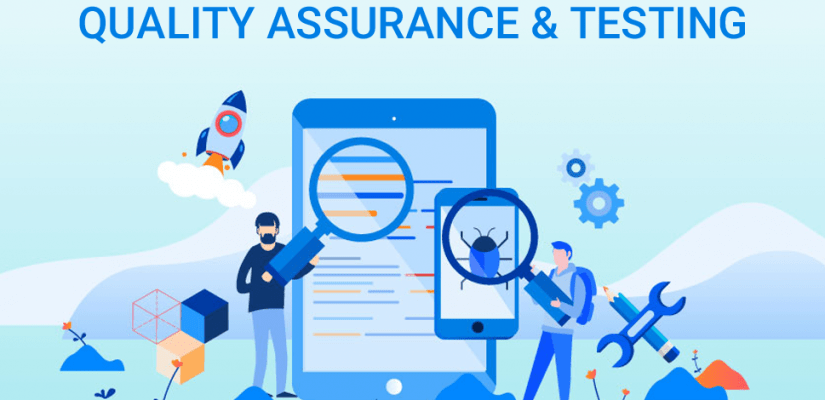Having an application developed and released in the market is a cause for celebration for any business; however, it does not guarantee that your app will be safe from damages.
Several issues may arise in the later stages of the life cycle of your application, such as compatibility problems with the native mobile OS or even incompatibility with certain types of devices, operating systems or even screen resolutions.
Suppose you are an app developer with millions of dollars invested in your product. In that case, it is necessary to ensure that the application will function perfectly in every environment and with each type of device.
This can be achieved through compatibility testing that ensures all test cases written for quality assurance become functional in different scenarios when the mobile applications are executed. So keep digging to know how a leading QA Software Testing Company follows this testing.
What are the Benefits of Compatibility Testing?
As a part of quality assurance testing, the compatibility testing procedure aims to ensure that your app works perfectly in all specified environments and can be delivered to a global audience.
This enhances customer satisfaction and contributes to reputation gains for businesses by ensuring smooth functioning without any hindrances. Apart from this, compatibility testing also enhances the stability of your application which assists in improving customer satisfaction.
Therefore, for an app developer, it is necessary to have the compatibility testing procedure implemented before releasing the product into the market. This ensures that your product will function without any issues and that you can fix bugs during the early stages of development, which results in cost-effective product development.
Key Features of Compatibility Testing
- To ensure that your app is compatible with all operating system platforms, it is necessary to conduct compatibility testing from the initial stages of development.
This allows for issues to be identified and resolved promptly by providing critical feedback regarding the application’s stability. This also aids in the early detection of bugs and issues which can arise when a product is released into the market.
As well as, allows the testers to focus on checking only those bugs, which would lead to a downfall in product functionality and customer satisfaction.
- Compatibility testing aids businesses in getting an early understanding of issues that might arise when using specific mobile devices or operating systems.
This can be achieved by having native devices which are compatible with certain operating system platforms. The compatibility testing results can also be used for finding vulnerabilities by hackers who could lead to the security of the app being compromised.
- In Compatibility testing, many test cases are executed, ensuring that the application works as expected in all devices and operating systems.
This ensures the smooth functioning of your app and helps it to withstand future changes in the environment or customer requirements
This testing is executed for different types of devices, it allows businesses to achieve competitive advantage by having their app certified.
This enhances the credibility of the product and allows it to reach a wider audience which can result in higher sales volume.
Conducting Compatibility Testing
There are several different ways to conduct quality assurance testing for compatibility testing. The best way would be to follow the steps mentioned below:
- The first step would be to test your mobile app on various devices with varying operating systems to identify any issues or bugs that might arise.
- To prioritize the errors and issues faced during this process, you can write a bug report that includes details such as the severity of bugs, frequency of issue occurrences and the time taken to reproduce them.
- For effective compatibility testing of your mobile app, you should conduct the tests on different devices using different screen resolutions and memory usage of an application.
- The next step is QA testing services company to test your app for compatibility with different devices from various locations. This ensures that the quality of your product does not vary from one region to another and provides a uniform experience to users worldwide.
- Since compatibility testing is performed on different device models and hardware, it is important to keep in mind your app’s power consumption on these devices as well.
- As far as possible, compatibility testing should be performed with real devices rather than emulators to ensure accuracy and better results.
- The next step would be to test performance and compatibility in real-world conditions by using mobile devices under natural lighting conditions and in areas with poor network connectivity.
- The last step that QA Testing Services Company do is check for the different ways to interact with the product to provide a seamless experience to users worldwide.
For example, it is necessary to include emulator mode tests to improve compatibility with devices that do not have complete API support. While these tests may be time consuming, they lead to efficient product development.
Final Thoughts
Compatibility testing and quality management is an integral part of the software development process that should be included in every project.
To avoid costly delays and frustration, it’s important to include compatibility testing as your first step when developing a new app. Our QA software testing company is ready and waiting to partner with you on any app project, big or small. Interested? Contact us today!

















